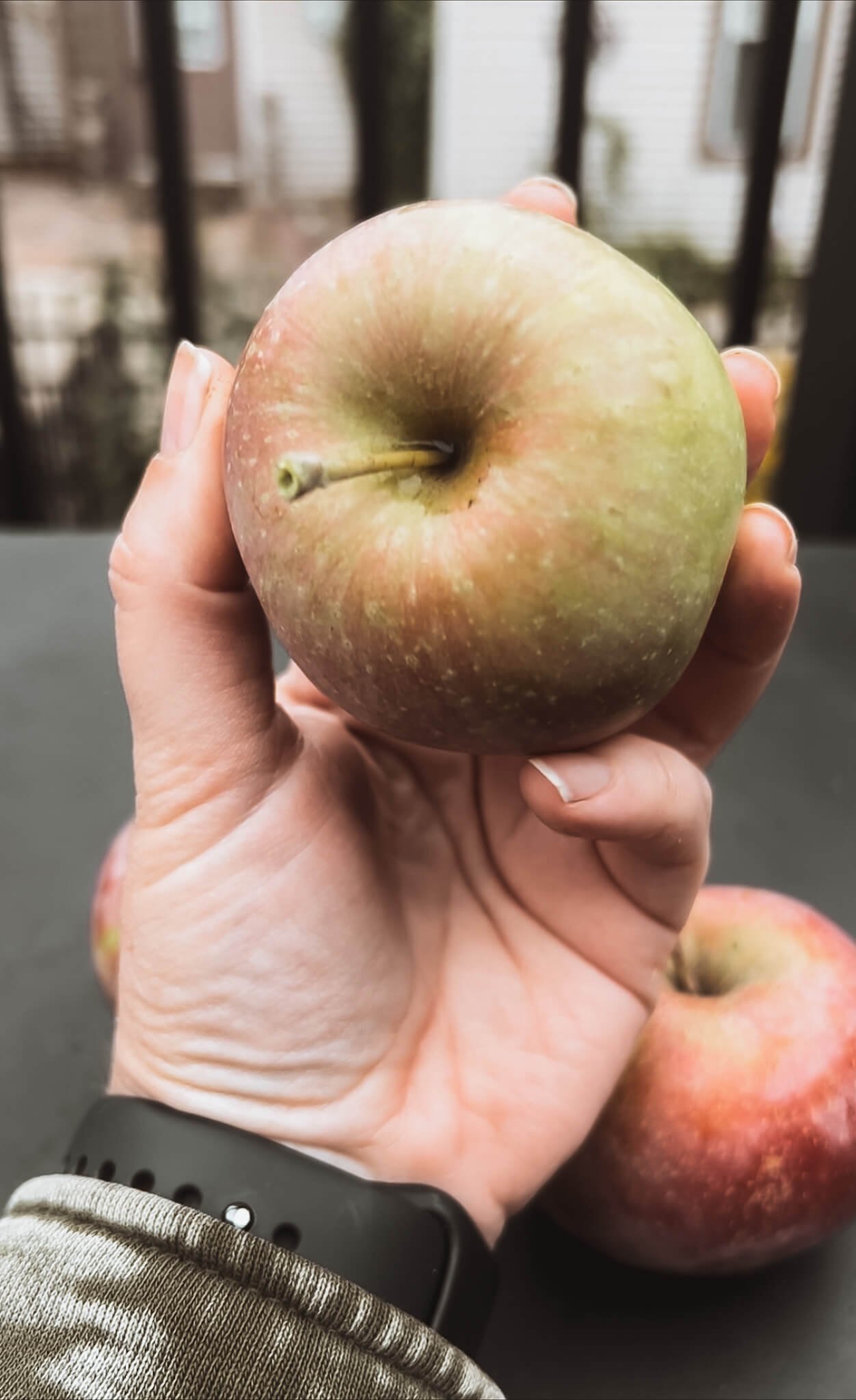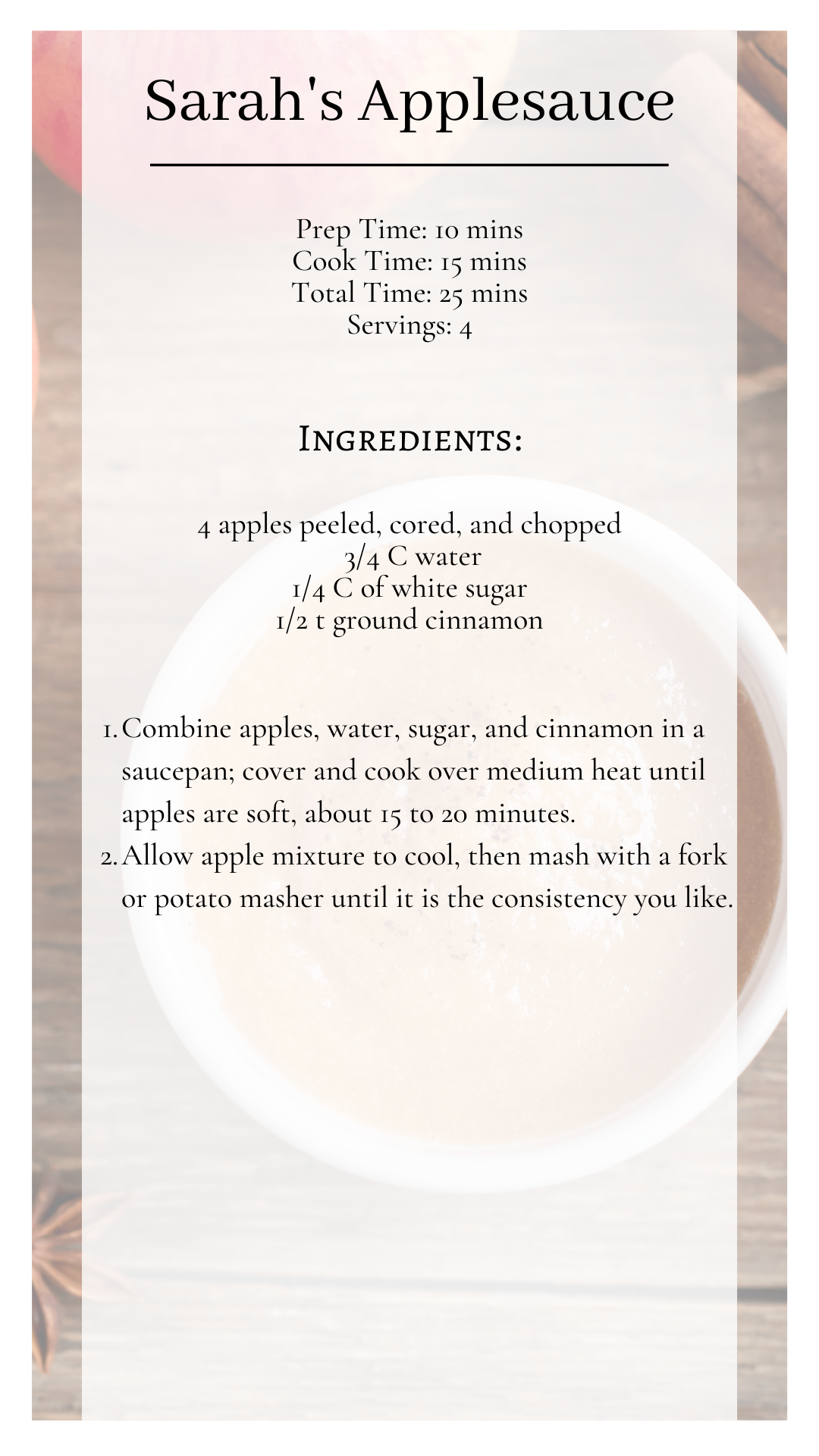Apples: Our 4-Step To-Do List For Harvesting and Beyond (+2 tasty Recipes!)
Let me start off by saying that apple trees are just really cool. Their beautiful flowers, their ability to grow different varieties of apples, and of course, their amazing fruit make them an awesome addition to any growing space. (Plus, you don’t need tons of room to grow them - I live in Downtown Holland and have space for a six-tree orchard! I currently have eight different kinds of apples (Portland, Red Macintosh, Fuji, Gala, Yellow Delicious, Liberty, Winesap, and Gravenstein), with each tree growing six different applesauce varieties). Now that we’ve reached apple season, it can be overwhelming when trying to figure out everything you can do to make this time as successful as possible. That’s why we’ve narrowed it down and figured out a simple to-do list (and some yummy apple recipes for after) so you can go through apple season stress-free. Less worrying, more apple eating.
1. Harvesting
As our last blog on harvesting explained, getting the time right is important in ensuring the best-tasting crops. I recommend researching the individual harvest times for each type of apple you are growing, as there are so many different harvesting times (as there are so many different kinds of apples!). Generally speaking; however, September is normally seen as the best time to harvest. Here are a few other signs that your apples may be ready to pick!
- The color deepens (the apple skin should be a darker and richer color).
- The fruit should quickly come away from the tree (apples should be gently removed from the tree, with the stem still intact).
- There are no signs of disease or insect damage (apples with insect damage can go in the compost, but apples with signs of disease should be put in the garbage to avoid spreading amongst compost).
If your apples match this criterion, they should be ready to pick! (I highly recommend using this bag from Barebones when harvesting. It’s adorable and super strong. Plus, it’s waterproof, helping you wash your apples before eating.)
2. Storing
How you store your apples can greatly affect how quickly they spoil, so this is an important step to make sure your fruit lasts as long as possible. Here are a few tips to help you along the way.
- Separate your apples by size. When apples spoil, they emit ethylene gas that speeds up the process for the fruit around them. Keeping the larger apples (which normally spoil the fastest) away from smaller apples will allow your smaller apples to last longer.
- Store in the fridge or freezer. Apples will do best when kept cool. When you are storing for a relatively short period of time, the fridge works well for apples. However, if you are looking for long-term storage options, keeping apples in the freezer is another great option.
- Keep apples in a plastic bag with holes. Plastic bags with holes keep fruits from spoiling faster, making this a great way to keep your apples for as long as possible. (Make sure to remember the holes, or else this method may end up working against you!)
3. Clean Up
Cleaning up your space as you go helps keep maintenance simple. It takes less time and disease doesn’t have a chance to start. As Susan Poizner talks about in her book, "Growing Urban Gardens”, picking up fruit that has fallen off of the tree is one important way to take care of your growing space. Although fruit that has fallen on the ground is no longer edible, apples without diseases can still go into the compost, which will help build your soil in the future. However, any apples with diseases should be put in the garbage, to avoid infecting healthy plants in the compost. (If you’re unsure whether or not an apple has signs of disease, here is a helpful guide from Minneopa Orchards that explains 10 common apple diseases, along with preventative measures for next time!)
4. Tree Care
Caring for the apple tree itself will ensure that your apple harvest improves. While we will focus more on trees as we reach pruning season in March, now is still a great time to take the following extra steps to help care for your apple trees.
- Paint the bark. This idea may sound odd at first, but painting splitting bark can actually protect your tree from bugs! This great idea from Susan Poizner’s book, “Growing Urban Gardens”, explains that painting the bottom of your tree trunk (one inch below the surface line to twenty-four inches up the trunk) with white latex paint, diluted with equal parts of water, can save your tree from being attacked by crawling insects that would try to crawl up from the ground onto your tree.
- Mulch around the tree. Mulching helps control weeds, maintain soil temperatures, and protect your soil. Not to mention, mulch gives your space a clean, fresh look! (Mulching IN FALL also provides a great alternative to using compost, and it’s super easy to do.)
- Test the soil. Although this is not something that is going to immediately affect your apple tree, testing the soil is an important part of gardening, as it helps you form a plan for what your soil needs help with in order to maintain the best possible growing conditions. Soil tests assess the thickness, airflow, and general quality of the soil, along with any nutrient deficiencies.
Not only do apples make great snacks, but they also make some of the best desserts. Here are 2 great recipes to use with your supply of apples.
I hope you enjoyed reading all about apples! Please hit reply to comment or offer any new blog post ideas. I look forward to hearing from you.
Let’s Get Growing!
Shannon








